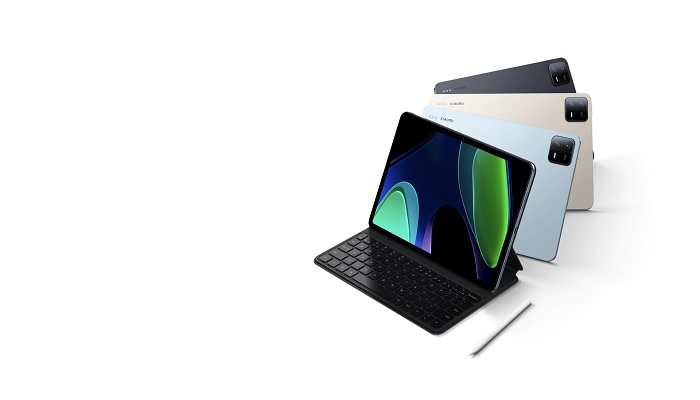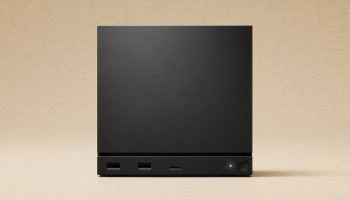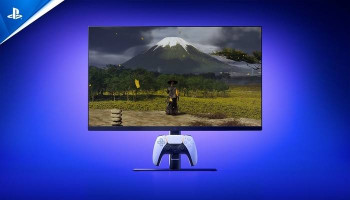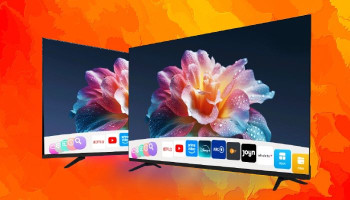
Xiaomi is one of the leading brands in the Android tablet market, offering high-end devices at affordable prices. The company launched the Xiaomi Pad 6 tablet in India last year, which received positive reviews from users and critics alike. The Pad 6 tablet features an 11-inch LCD display with a 144Hz refresh rate, a Snapdragon 870 processor, 6GB of RAM, 128GB of UFS 3.1 storage, a 13MP rear camera, an 8MP front camera, and an 8840mAh battery with 33W fast charging support.
However, Xiaomi is not resting on its laurels and is reportedly gearing up to launch a new tablet this month called the Xiaomi Pad 6S Pro. This tablet is expected to be an upgraded version of the Pad 6, with some significant improvements in terms of display size, processor, battery, and camera.
Xiaomi Pad 6S Pro vs Xiaomi Pad 6
Display
The Xiaomi Pad 6S Pro is expected to feature a larger display than the Pad 6, measuring 12.4 inches diagonally. The display resolution is also likely to be higher, at 2000 x 3200 pixels. The display type and refresh rate are expected to be the same as the Pad 6, i.e., an LCD panel with a 144Hz refresh rate. The display of the Pad 6S Pro will also have a maximum brightness of 2050 nits and a contrast ratio of 1400:1.
Read more: Apple Vision Pro — Top ways it transforms your world
The Xiaomi Pad 6 has an 11-inch LCD display with a resolution of 1800 x 2880 pixels. The display also has a refresh rate of 144Hz, a maximum brightness of 550 nits, and a contrast ratio of 1400:1.
The display size and resolution are important factors for tablet users, especially for those who use their devices for media consumption, gaming, or productivity.
The larger and sharper display of the Pad 6S Pro will offer a more immersive and enjoyable experience than the Pad 6. The display type and refresh rate are also crucial for smooth performance and colour accuracy. The LCD panels of both tablets may not be as vibrant or contrasty as OLED panels, but they will have lower power consumption and less risk of burn-in. The high refresh rate of both tablets will ensure fluid animations and transitions, as well as reduced motion blur and input lag.
Processor
The Xiaomi Pad 6S Pro is expected to be powered by the Snapdragon 8 Gen 2 chipset, which is Qualcomm's latest flagship processor for mobile devices. This chipset is based on a 4nm process and has an octa-core CPU with four Cortex-X2 cores clocked at up to 3.2GHz, four Cortex-A710 cores clocked at up to 2.5GHz, and an Adreno GPU clocked at up to 1.4GHz. The chipset also supports WiFi 6E, Bluetooth 5.3, USB-C v3.2, UFS v4.0 storage, LPDDR5x RAM, and dual-mode SA/NSA sub-6GHz/ mmWave/ CBRS/ C-band/ n258/ n260/ n261/ n70/ n71/ n41/ n77/ n78/ n79/ n25/ n66/ n28/ n1/ n3/ n7/ n8/ n20/ n38/ n40/ n41/ n48 bands.
The Xiaomi Pad 6 is powered by the Snapdragon 870 chipset, which is Qualcomm's previous flagship processor for mobile devices. This chipset is based on a 7nm process and has an octa-core CPU with one Cortex-A78 core clocked at up to 3.2GHz, three Cortex-A78 cores clocked at up to 2.42GHz, and four Cortex-A55 cores clocked at up to 1.8GHz. The chipset also has an Adreno GPU clocked at up to 670MHz. The chipset supports WiFi 6, Bluetooth 5.2, USB-C v3.2, UFS v3.1 storage, LPDDR4x RAM, and dual-mode SA/NSA sub-6GHz/n1/n3/n5/n7/n8/n20/n28/n38/n40/n41/n77/n78 bands.
The processor is another key factor for tablet users, as it determines the speed, power efficiency, and multitasking capabilities of the device.
The Snapdragon 8 Gen2 chipset is expected to offer better performance than the Snapdragon 870 chipset, as it has newer and faster cores, a higher-clocked GPU, and more advanced features. The Snapdragon 8 Gen2 chipset is also expected to be more power-efficient than the Snapdragon 870 chipset, as it has a smaller process node and lower power consumption. Snapdragon 8 Gen2 chipset will also support more network bands and connectivity options than the Snapdragon 870 chipset, which will enhance the user experience and compatibility of the device.
















